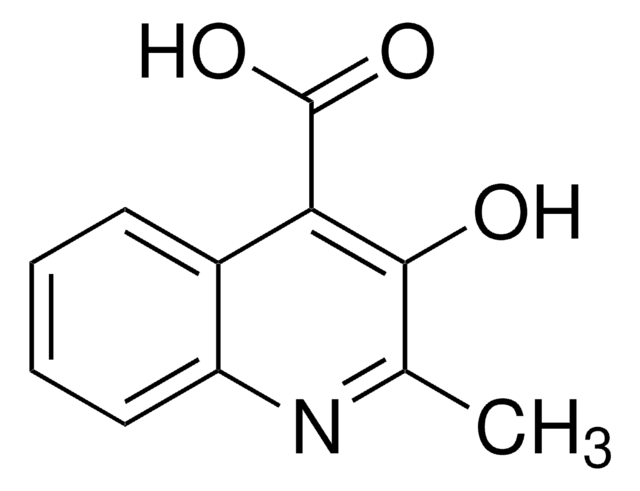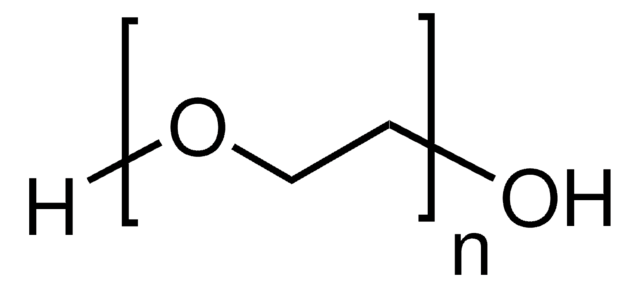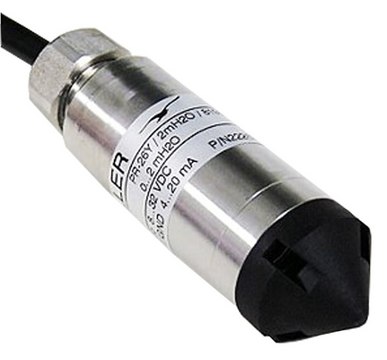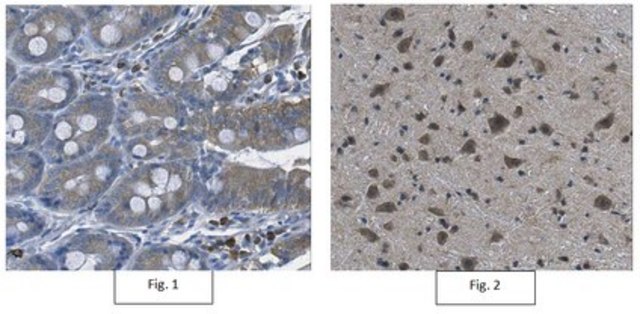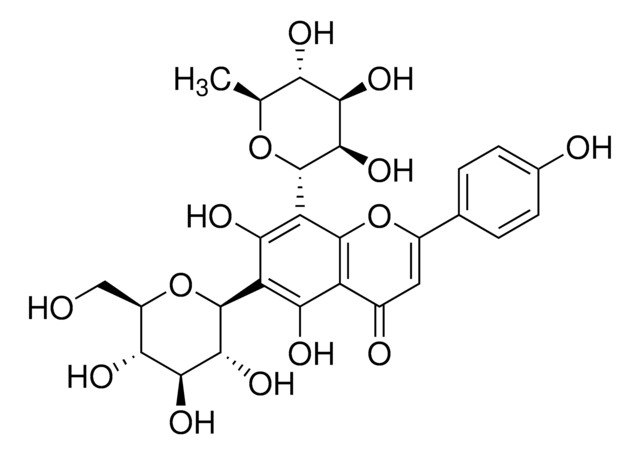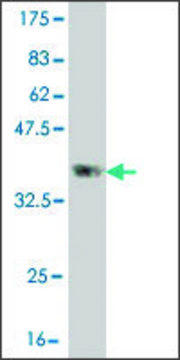All Photos(1)
About This Item
Empirical Formula (Hill Notation):
C9H6N2O3
CAS Number:
Molecular Weight:
190.16
EC Number:
MDL number:
UNSPSC Code:
12352100
PubChem Substance ID:
NACRES:
NA.22
Recommended Products
Quality Level
Assay
97%
mp
267-268 °C (lit.)
functional group
carboxylic acid
SMILES string
OC(=O)c1nc2ccccc2nc1O
InChI
1S/C9H6N2O3/c12-8-7(9(13)14)10-5-3-1-2-4-6(5)11-8/h1-4H,(H,11,12)(H,13,14)
InChI key
NMOWGWOAPRKWIR-UHFFFAOYSA-N
Application
3-Hydroxy-2-quinoxalinecarboxylic acid was used to study the sorption of ionizable organic compounds to an estuarine sediment. It was used in the preparation of Zinc(II)-quinoxaline complexes which was characterized by X-ray crystallography and fluorescence spectroscopy.
Biochem/physiol Actions
3-Hydroxy-2-quinoxalinecarboxylic acid is an antagonist of excitatory amino acids and possesses anticonvulsant properties. It inhibits the 22Na+ efflux produced in 22Na+-preloaded brain slices by N-methyl-D-aspartate and kainate.
Signal Word
Warning
Hazard Statements
Precautionary Statements
Hazard Classifications
Eye Irrit. 2 - Skin Irrit. 2 - STOT SE 3
Target Organs
Respiratory system
Storage Class Code
11 - Combustible Solids
WGK
WGK 3
Flash Point(F)
Not applicable
Flash Point(C)
Not applicable
Personal Protective Equipment
dust mask type N95 (US), Eyeshields, Gloves
Choose from one of the most recent versions:
Certificates of Analysis (COA)
Lot/Batch Number
Don't see the Right Version?
If you require a particular version, you can look up a specific certificate by the Lot or Batch number.
Already Own This Product?
Find documentation for the products that you have recently purchased in the Document Library.
Ken-Ichi Sakai et al.
Dalton transactions (Cambridge, England : 2003), 39(8), 1989-1995 (2010-02-12)
Zinc(ii)-quinoxaline complexes, [Zn(hqxc)(2)(py)(2)] and [Zn(hqxc)(2)(DMSO)(2)] (hqxc = 3-hydroxy-2-quinoxalinecarboxylate, py = pyridine, DMSO = dimethyl sulfoxide), were prepared and characterized by X-ray crystallography and fluorescence spectroscopy. In both complexes, the zinc ion is six-coordinated by two equatorial bidentate hqxc ligands with
U Erez et al.
European journal of pharmacology, 110(1), 31-39 (1985-03-26)
Various aromatic acids have been investigated as putative ligands of excitatory amino acid receptors. 3-Hydroxy-2-quinoxalinecarboxylic acid (HQC), at 1 mM, was found to antagonize the 22Na+ efflux produced in 22Na+-preloaded brain slices by N-methyl-D-aspartate and kainate. The response to glutamate
Serdar Badoğlu et al.
Spectrochimica acta. Part A, Molecular and biomolecular spectroscopy, 101, 14-21 (2012-10-27)
The mid-IR and Raman spectra of 3-hydroxy-2-quinoxalinecarboxylic acid (3HQC) were recorded. These spectra were interpreted with the help of B3LYP/6-311++G(d,p) calculations and potential energy distribution (PED) analysis. As a result of the calculations, seven tautomers were determined among many stable
Cadmium (II) and calcium (II) complexes with N, O-bidentate ligands derived from pyrazinecarboxylic acid.
Barszcz B, et al.
Journal of Thermal Analysis and Calorimetry, 108(3), 971-978 (2012)
H Frenk et al.
Brain research, 373(1-2), 222-226 (1986-05-14)
Three compounds reportedly blocking the N-methyl-D-aspartate (NMDA) receptor, namely 2-amino-5-phosphonovalerate, gamma-D-glutamylglycine and 3-hydroxy-2-quinoxalinecarboxylic acid, were injected subdurally onto the cortex of freely moving rats. All 3 compounds effectively suppressed behavioral and electrographic seizure activity induced by strychnine, morphine and picrotoxin
Our team of scientists has experience in all areas of research including Life Science, Material Science, Chemical Synthesis, Chromatography, Analytical and many others.
Contact Technical Service